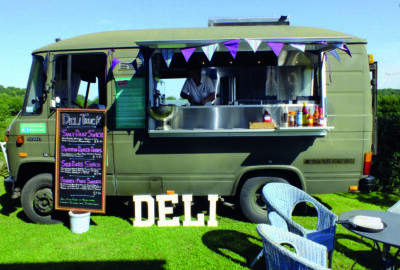Fish are in trouble. A National Geographic report states that if we continue fishing at the current pace there will be no fish left in the ocean by 2048.
As alarming as it sounds, 90% of the world’s fish stocks are either fully or overexploited. The good news is that there’s still time to do something about it. Customers are increasingly helping to turn the tide – asking
where their fish comes from and how they can do their bit. Operators have a duty of care, not just to the species in the sea, but their supply chain too. Fish stocks can recover if managed sustainably, and if we stop feeding demand for seafood from badly managed fish farms, we can incentivise improvements.
THE FACTS
- Most people in the UK only eat the five most popular choices – cod, haddock, tuna, salmon and prawns.
- Britain was the first nation to create an industry sponsored, independently vetted Responsible Fishing Scheme in 2006.
- Irish organic salmon was the first seafood product to achieve the official French Agriculture Biologique (AB Bio) status.
- Millions of non-target sea creatures are accidentally killed each year as ‘bycatch’ (caught unintentionally in fishing gear).
- Our oceans are home to an amazing variety of life and support the livelihoods of 1/10 of the world’s population.
THE SOLUTIONS
Start by finding out what you are serving i.e. what is the species, is it wild or farmed, where and how was it farmed and does it have any certifications?
You’ll then be able to understand the environmental impact of your seafood sourcing – the Marine Conservation Society (MCS) have a useful online ‘Good Fish Guide’ to help with this https://www.mcsuk.org/goodfishguide/search.
OPERATOR ACTION PLAN
- Remove less sustainable fish from menus
- Widen your fish offer
- Promote more sustainable options
- Buy certified/accredited seafood
- Switch your source for popular fish choices
- Train your staff
- Be clear on menus about what you are serving
- Ask diners for feedback



